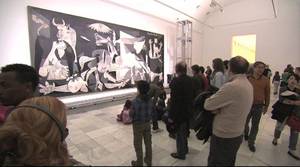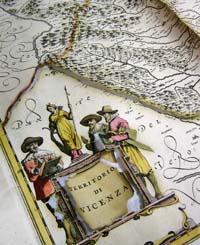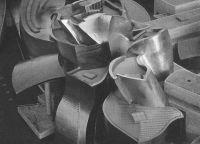Untouched, at the bottom of the works
2008/11/01 Kortabitarte Egiguren, Irati - Elhuyar Zientzia Iturria: Elhuyar aldizkaria
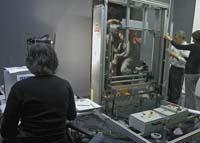
Playing with the light
In the field of visible light, photography can be one of the most common techniques for the scientific study of works of art and is very useful. In general, the photography techniques used are black and white photographs and color photographs made through incident light and photographs taken through scratching light and emitted light.
The use of rasante light is the arrangement of the light focus on the same plane of the object. Thus, light illuminates all elements located outside the plane and provides a certain map of information of all the layers that make up the work.
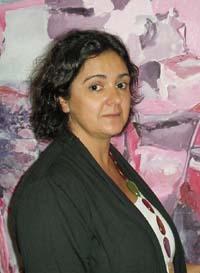
"In the case of emitted light, the light bulbs are placed on the back of the work and we collect the image that informs us of the surface paintings," says Ruiz-Ozaita. This provides a lot of information. In fact, this light can also largely cross translucent objects, cracks, abrasions, lost parts or opaque objects with transparent parts. Reports on possible craquelates and/or elevations in different areas, as well as possible tensions and interactions between different materials. In this way we can analyze, among other things, how he has done the work.
In addition, to know the details of the work is used macrophotography and microphotography. The difference between the two lies in the increase in the image. In macrophotography you can get the real image to increase ten times. This allows an observation of details of specific interest, an analysis of the state of the art and of the materials and a certain control of the effectiveness of the treatments.
In microphotography, higher increases are achieved than in macrophotography. After all, one and the other reveal the structure of the paintings at macroscopic and microscopic level.

Invisible
Outside the visible spectrum, ultraviolet, infrared and X-ray light are also used to preserve artistic heritage. "To illuminate the work with ultraviolet light we use the Wood lamp, lighting that produces a fluorescence of eleven tones on the surface of the object. We analyze those tones," says Ruiz-Ozaita. "These tones give us information especially about varnishes and we see them as dark spots. After all, these spots tell us about the retouching of the work over the years." These tweaks are used to slightly reduce the neckline of the characters of the paintings or to cover nudes, among others.
In infrared reflectography the work is illuminated with an incandescent lamp and the infrared spectrum is collected. The radiation reflected by the object is detected by a system sensitive to infrared light and converted into visible image. This system, called videcon, makes the infrared spectrum of the artwork visible. The visible image is collected on a screen. This is the infrared reflectogram. With this method the internal structure of the work is never known, since infrared light does not have the ability to penetrate into the objects. However, it is possible to cross several layers of paint. Thus, among other things, you can know the whole productive process of the work.
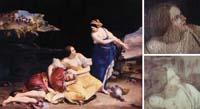
X-rays are used to know the background of the work. "For example, the volume of this Lipchitz plaster is relatively large and technically has numerous open holes (plaster is a fragile material). In this case it is very interesting to know what is hidden inside this work. We use x-rays to do this," says Ruiz-Ozaita.
In fact, X-rays provide us with intimate information, as they are one of the rays with greater penetration capacity. Depending on the atomic weight of the material to be traversed, by X-rays we obtain more internal or superficial information.
In the case of wooden works of art, for example, x-ray studies indicate whether the work is composed of several panels, whether there are metal connections between the elements that make up the support or whether they contain auxiliary elements.

"In this work by Lipchitz, for example, we have seen that the work contains metallic material inside it. This has helped us understand other things," adds Ruiz-Ozaita. "Among other things, we have been able to understand why some areas appear rusty in the work. In fact, we have deduced that this oxidation has its origin in an interior structural element."
X-ray imaging provides valuable information about this work to propose the treatment to be applied. In the case of the works of art of yesteryear, these X-rays reflect the changes that the work has undergone, its repairs, etc. That is, they provide information about the structure of the work, and their knowledge is essential when explaining the damage of any artistic work.
In short, all these techniques aim to preserve the works of art with the least possible intervention. "All the information obtained with non-destructive techniques allows us to assess the conservation status of works of art and quantify damages. That is, in general, from this information the appropriate treatments are proposed for each work of art".
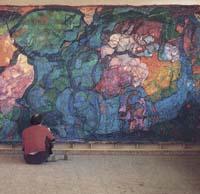


Gai honi buruzko eduki gehiago
Elhuyarrek garatutako teknologia



